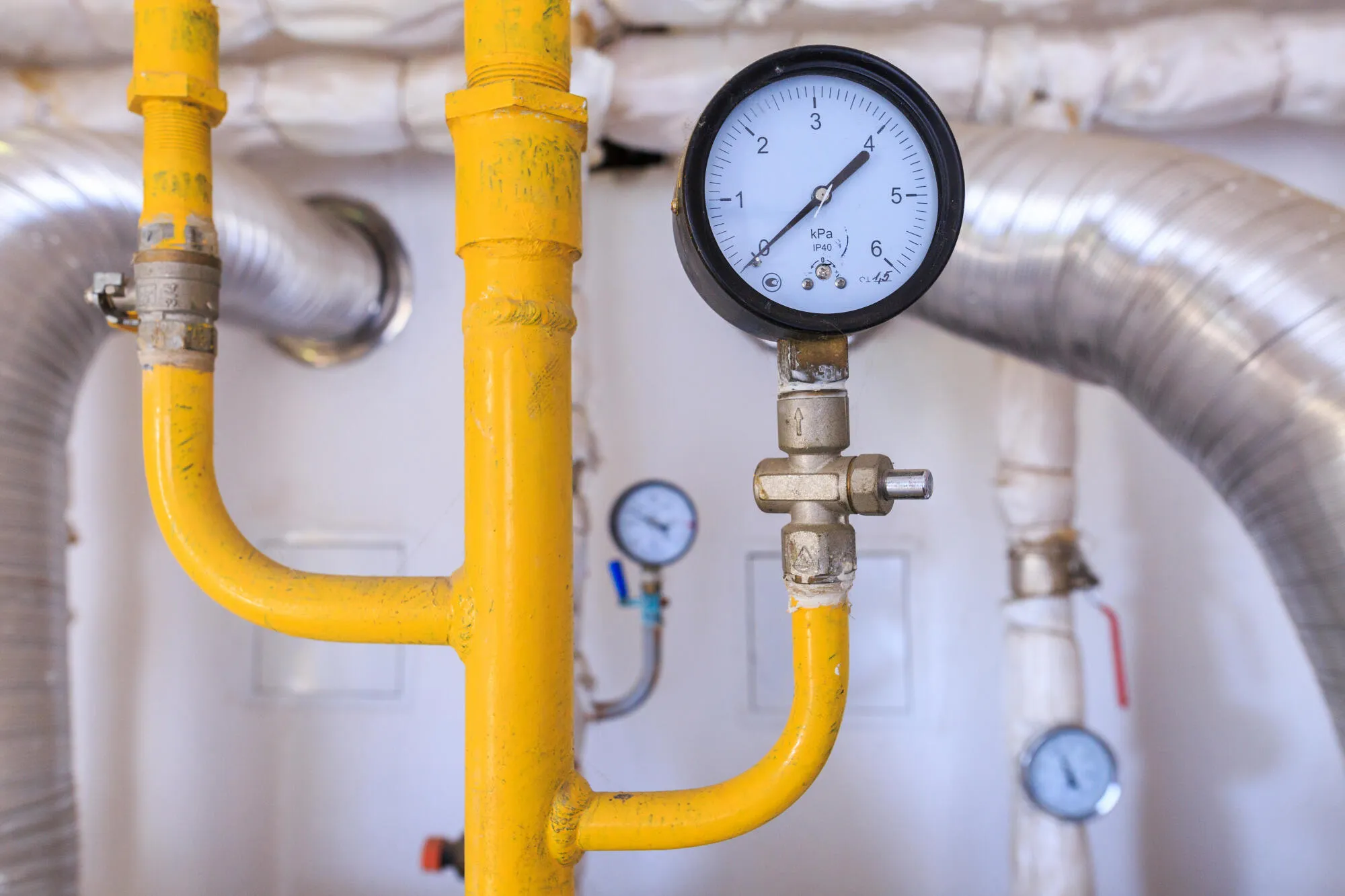Detecting Gas Hazards: Key Tips for Maintaining a Safe Workplace

Have you ever thought about how many hidden dangers could be floating in the air at your workplace? Gas leaks are among the most silent yet deadly risks in many industries. Without proper detection, these invisible hazards can cause serious accidents, health issues, and even fires.
Detecting gas hazards is not only about having the right tools but also about knowing how to stay alert and prepared. By reading this blog, you’ll learn how to spot early warning signs, use reliable safety systems, and keep your workplace safe for everyone.
Also Read: Image Enhancer Guide for Cleaner, More Vibrant Pictures
Understanding Why Gas Detection Matters
Gas hazards are dangerous because they are often invisible and odorless. Workers may not notice a problem until it’s too late. This is why gas detection systems play such a vital role in keeping workplaces safe. Early detection helps prevent injuries, equipment damage, and even large-scale accidents.
Having a good safety system in place also supports company compliance with safety laws. Many industries require gas monitoring to meet legal and insurance standards. A proper detection plan protects employees and shows a company’s commitment to safety.
Knowing the Common Gas Hazards
Many workplaces face different types of gas hazards. Some gases, like carbon monoxide, can cause poisoning even at low levels. Others, such as methane or propane, can create explosive risks if they build up.
Hydrogen sulfide is another dangerous gas found in industrial areas. It smells like rotten eggs at first but quickly numbs the sense of smell, making it even more dangerous.
Understanding the gases present in your workplace helps you choose the right detection methods. Knowing these risks also teaches workers how to respond quickly and safely if a leak happens.
Recognizing Warning Signs Early
While many gases can’t be seen or smelled, there are still warning signs that something may be wrong. If workers feel dizzy, light-headed, or develop headaches, it could be a sign of poor air quality. Strange noises near gas pipes, hissing sounds, or unusual odors should never be ignored.
Training employees to recognize early signs of danger is vital. Regular safety drills and reminders keep everyone alert. A strong safety culture means that no one hesitates to report something unusual.
Choosing the Right Detection Equipment
Selecting reliable gas detection equipment is one of the most important safety steps a workplace can take. The right device should be accurate, easy to use, and suitable for the gases you’re monitoring. Fixed systems work well in permanent work areas, while portable detectors are great for moving around the site.
Good quality detectors should also be durable and resistant to the conditions they’ll face. Investing in dependable equipment shows a company’s dedication to worker safety. When buying, always check if the equipment meets safety standards and includes calibration features for regular testing.
Maintaining Equipment for Accuracy
Even the best gas detectors need proper care. Dust, moisture, and wear can affect how accurately they measure gas levels. Regular calibration and testing ensure that the detectors give correct readings. Workers should learn how to maintain and check their devices before every shift.
Maintenance schedules should be followed closely. When equipment shows signs of malfunction, it should be fixed or replaced immediately. Keeping records of maintenance helps track the reliability of each device and supports compliance with safety audits.
The Importance of Regular Training
A workplace safety plan is only as strong as the people who follow it. Training helps employees understand how gas detection systems work and how to respond during emergencies. Workers should practice using detectors, reading signals, and following evacuation routes.
Regular refresher sessions also help keep knowledge fresh. It’s easy to forget safety steps when they’re not used daily. A well-trained team reacts faster and stays calmer during high-stress moments.
Using Advanced Technology for Safer Workspaces
Modern gas detection systems now include smart features that improve safety. Some detectors can connect to central systems and send alerts directly to mobile devices or control rooms. Real-time monitoring allows quick action before a situation becomes serious.
Technology also makes data tracking easier. Reports from these systems can show patterns of gas exposure, helping managers make better safety decisions. When workplaces combine training, proper maintenance, and advanced technology, they build stronger protection for all workers.
Why Trusted Equipment Makes a Difference
Not all gas detectors offer the same level of reliability. Using trusted brands ensures quality and accuracy. For workplaces looking to enhance safety, it can be a wise choice to buy RKI gas detection equipment.
RKI products are known for their durability and performance in demanding environments. Reliable equipment provides peace of mind, knowing that workers are protected and that detection systems are functioning as expected.
Responding to Gas Leaks the Right Way
When a gas leak is detected, every second counts. Workers should move to a safe location immediately and avoid any action that could spark an explosion, such as turning on electrical switches. Trained personnel should handle the emergency following the company’s safety plan.
Clear evacuation routes and communication systems are vital. Managers should also ensure that emergency services are contacted without delay. Proper response reduces damage and prevents future risks.
The Role of Management in Safety
Managers and safety officers have a key role in keeping gas hazards under control. They should lead by example, follow all safety rules, and encourage others to do the same. Investing in safety training and regular checks shows that management values its people.
Strong leadership also means listening to worker feedback. Employees who handle gas detection equipment daily often notice issues that others might miss. Respecting their input creates a safer, more cooperative work environment.
A Safer Future Starts With Awareness
Gas hazards may be invisible, but awareness makes them easier to manage. Every worker should understand the risks and how detection systems protect them. With the right training, equipment, and mindset, workplaces can prevent most gas-related accidents before they happen.
Keeping everyone safe requires continuous effort, but it pays off through fewer injuries, lower costs, and a better working atmosphere. Staying alert and proactive ensures that safety remains a top priority.
Staying Safe and Prepared Every Day
Safety at work is not a one-time task but an ongoing responsibility. Understanding gas hazards and how to detect them is essential for every workplace. With proper tools, regular training, and a culture of care, everyone can help create a secure environment.
The best protection comes from being aware, staying prepared, and never taking safety for granted. Did this guide help you? Browse the rest of this section for more advice on a variety of topics.






